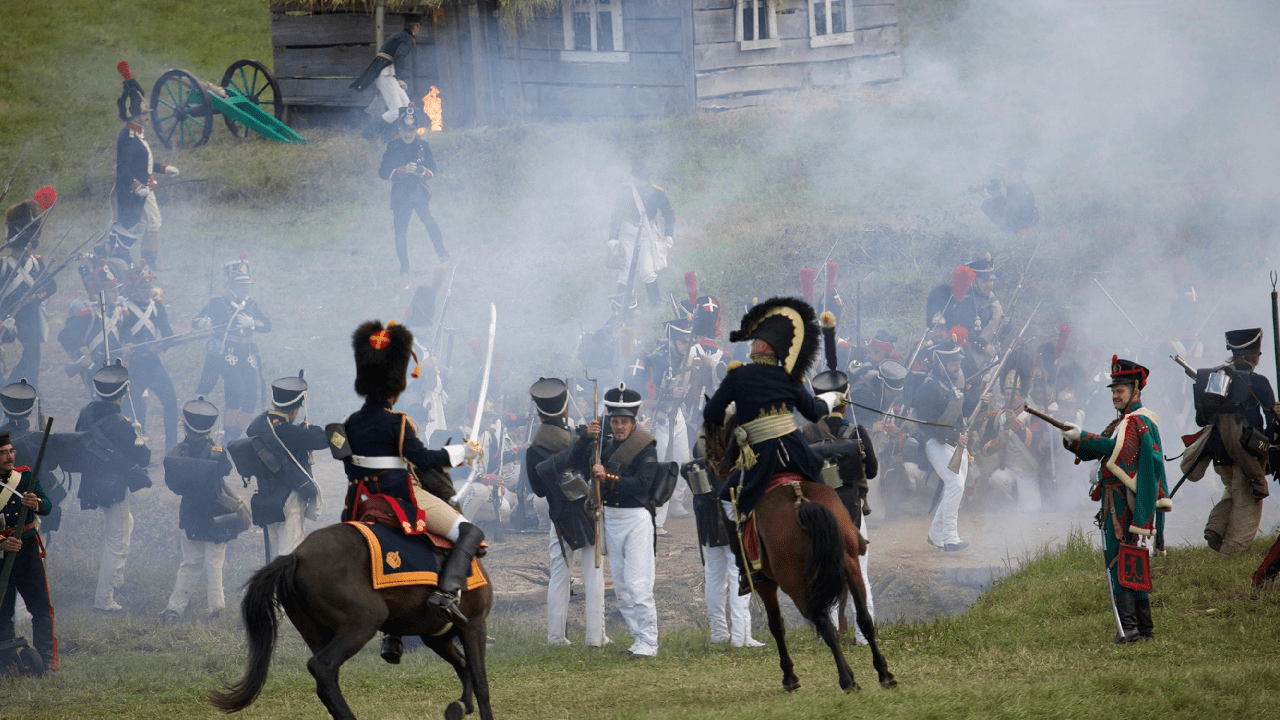How to Write Jaw-Dropping Battle Scenes for Epic Fantasy

War is one of the most dynamic and complex elements of epic fantasy. Done well, war scenes can leave readers breathless, emotionally invested, and turning pages late into the night. As a developmental editor, I’ve worked with authors to create war scenes that stunned beta readers, leaving them with that elusive "wow" effect. This blog post distills the techniques and strategies that have consistently worked for me and my clients.
Whether you’re crafting a small skirmish or an epic battle, these tips will help you bring your war scenes to life.
1. Know the Weapons, Numbers, and Terrain
Every war has its tools, soldiers, and setting, and you need to know them inside out. Define the types of weapons each side wields and how many people are fighting on both sides. A smaller, poorly equipped force might rely on guerrilla tactics, while a massive army with heavy artillery would fight differently.
The landscape is equally critical. Use it strategically, whether it’s a mountain pass, a dense forest, or a riverbank. A battle on a muddy plain will play out differently than one on rocky cliffs. When planning your scenes, map out at least three possible moves and attack directions for each side. Your protagonist’s first idea shouldn’t always work—war is messy and unpredictable.
2. Think Strategically: Play Chess with Your Armies
War isn’t just physical—it’s intellectual. Like a chess game, the best strategies anticipate the opponent’s next move. Don’t make the enemy stupid or predictable; give them advantages and cunning maneuvers.
For example, if your protagonist relies on scouts, show the enemy countering this by capturing or misleading those scouts. Keep the reader guessing by layering intrigue and misinformation on both sides. Let the protagonist struggle with incomplete or unreliable intelligence, adding realism and tension.
3. Avoid Unrealistic Heroics
One common pitfall is unrealistic portrayals of war. If your protagonist gallops into battle after days of riding without rest, defeats the enemy single-handedly, and emerges without a scratch—readers will roll their eyes. Real warriors and their mounts tire. Sieges take days, weeks, or even months. Supplies, morale, and the elements matter.
Show the logistical side of war. How are the troops fed and armed? How do they maintain stamina during long campaigns? By grounding your scenes in these details, you make the story more immersive and believable.
4. World-Building: Go Beyond the Battlefield
Wars affect more than just soldiers. They ripple through every aspect of society. Consider the economy, trade, and the lives of civilians caught in the crossfire. Is food running low? Are merchants profiting from the conflict? These details add depth to your world and show the broader stakes.
5. Balance Action with Emotional Depth
War isn’t just blood and tactics—it’s deeply personal. Your characters should feel the weight of their choices and the toll of the battlefield. Balance high-octane action with slower, introspective moments.
Use short sentences and paragraphs to quicken the pace during intense fighting. Then shift to longer, reflective prose for emotional or pivotal moments. For instance, zoom in on a soldier’s final thoughts, or a character’s guilt as they order a retreat. These emotional beats make the action meaningful.
6. Immerse Readers with Sensory Details
The roar of cannon fire. The coppery tang of blood. The acrid stench of smoke. Sensory details bring war scenes to life, but use them sparingly to avoid overwhelming readers.
For example, instead of listing every sound on the battlefield, focus on one or two vivid sensations that heighten the tension:
The squelch of boots sinking into mud as soldiers charge forward.
The eerie silence after an explosion, broken only by the groans of the injured.
7. Show the Chaos, But Keep the Focus
Battlefields are chaotic, with countless things happening simultaneously. However, your readers don’t need a play-by-play of every clash. Keep the focus on what matters to your characters and the plot.
For instance, if your protagonist is leading a charge, describe what they see, hear, and feel in their immediate vicinity. At the same time, hint at the larger battle with background sounds, fleeting glimpses of other skirmishes, or shouted commands.
8. Command, Communication, and Decisions
One overlooked aspect of war is how orders are given and carried out. How do leaders communicate across a noisy battlefield? What signals or messengers are used? And what happens when these systems break down?
Show the weight of decisions in real-time. When does a leader decide to retreat, and how do their soldiers react? These moments are opportunities to build tension and develop characters.
9. Raise the Stakes: Make it Personal
War scenes should have stakes that go beyond survival. Tie the battle to your protagonist’s personal journey. Perhaps they’re fighting to protect a loved one, redeem a past failure, or prove their worth.
Make these stakes clear and tangible. For example, instead of saying, “They needed to win the battle,” show the consequences of failure—a village burned, a friend captured, or a vital supply line cut off.
10. Research: Learn from the Masters
Research is your best friend when writing war scenes. Watch historical films, read nonfiction accounts of battles, and listen to expert analyses. These resources can inspire realistic strategies, tactics, and details for your story.
For example, understanding how scouts operate or how weather affects battles can add layers of authenticity to your writing.
Final Thoughts
Writing war scenes that leave readers saying "wow" isn’t about packing in non-stop action. It’s about weaving together strategy, emotion, and world-building into a cohesive, impactful narrative.
When done right, war scenes don’t just advance the plot—they reveal the heart of your characters, immerse readers in your world, and deliver unforgettable moments. By focusing on realism, stakes, and sensory immersion, you can craft battles that resonate long after the last sword is swung.
So, whether you’re planning a small skirmish or an epic siege, remember: the most powerful wars are the ones fought in the reader’s imagination.
